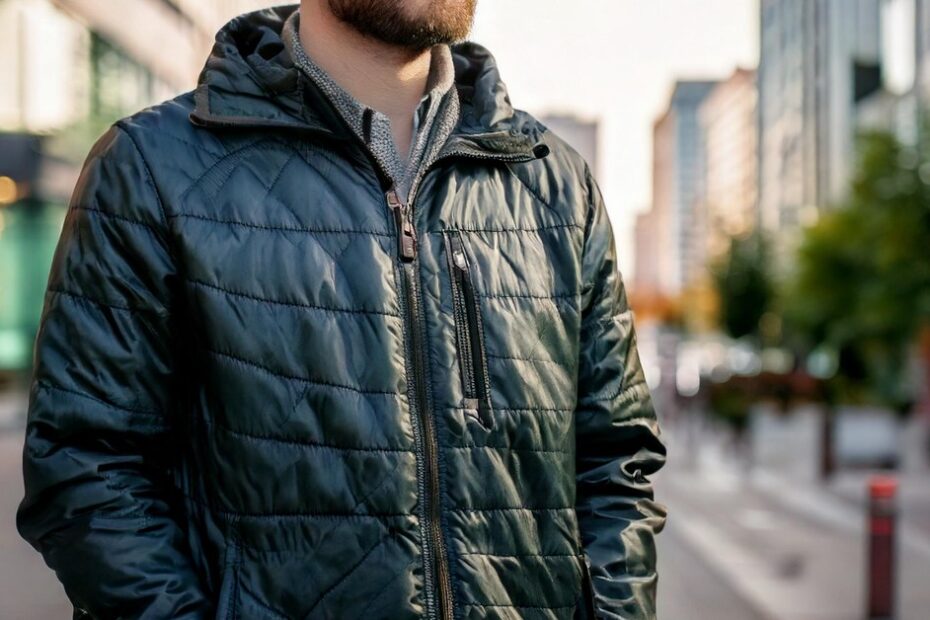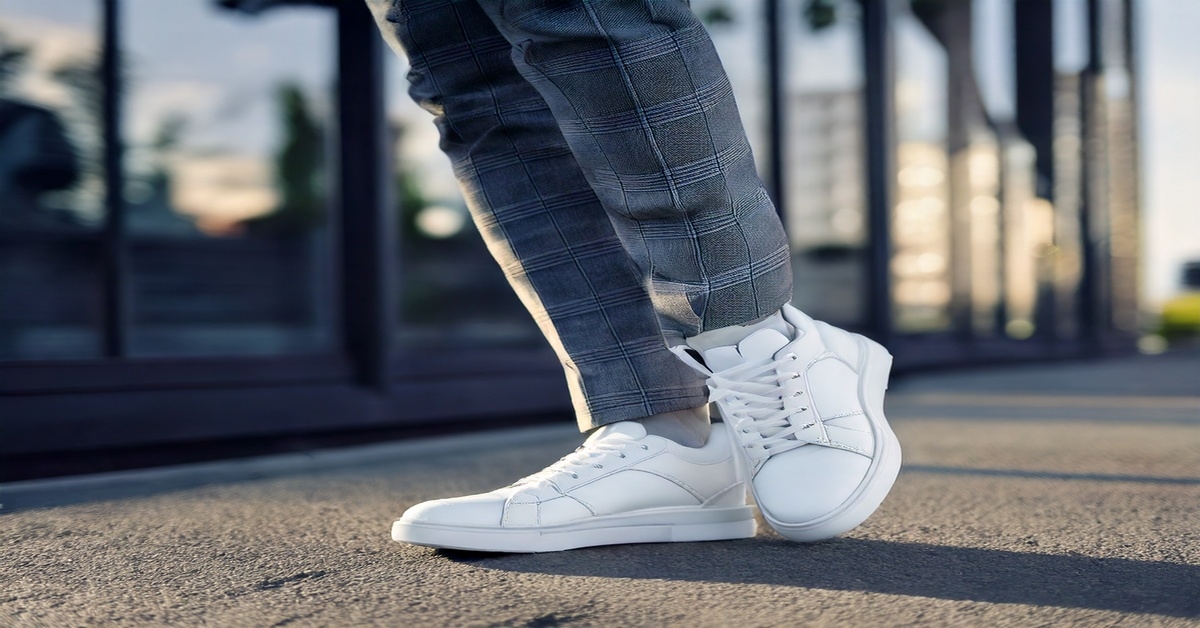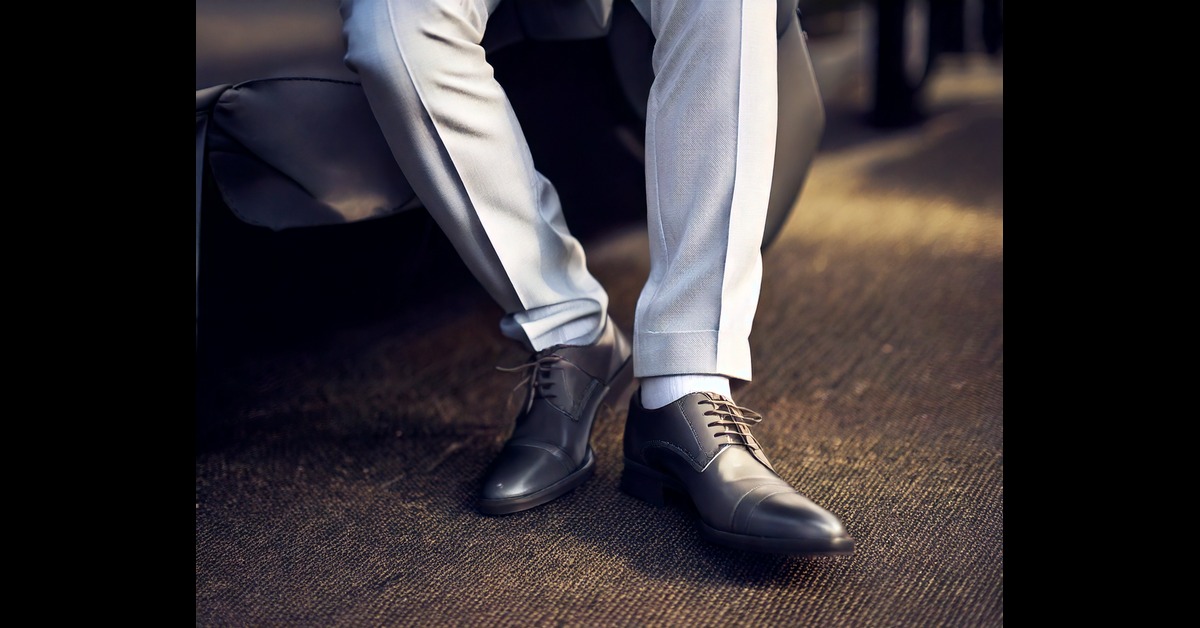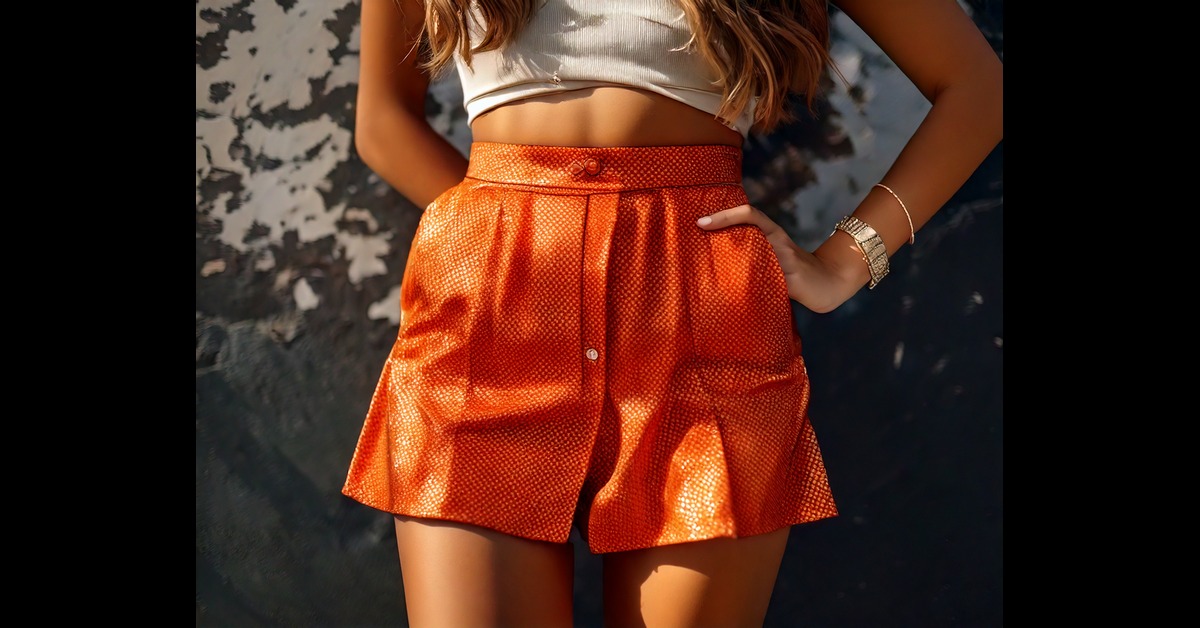Polyester is one of the most widely used and versatile fabrics in the world. But what is polyester fabric, really? Derived from synthetic polymers, polyester is an artificial material created primarily from petroleum-based products. Introduced in the 1940s, it revolutionized the textile industry with its durability, wrinkle resistance, and affordability. Over the years, its uses have expanded from clothing to home decor, upholstery, outdoor gear, and more.
Polyester fabric is used in everything from puffer vests and bomber jackets to furniture, thanks to its ability to blend with natural fibers, resist moisture and maintain shape. Today’s polyester isn’t just the shiny, stiff material of the past—it’s stretchable, breathable, and often nearly indistinguishable from natural fabrics.
What To Expect In This Article?
How Polyester is Made
Understanding how polyester is made reveals a complex but efficient process. It begins with the polymerization of ethylene glycol and terephthalic acid, forming a resin that is then melted and spun into fibers. These fibers are cooled, stretched, and woven or knitted into fabric.
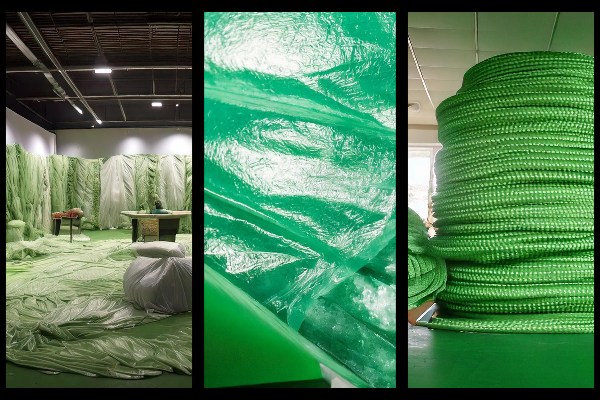
This polyester fabric manufacturing process allows for precise control over texture, finish, and performance properties. From breathable polyester materials to high-sheen satin effects, manufacturers can create polyester for nearly any purpose.
Benefits of Polyester Fabric
The benefits of polyester fabric go beyond affordability. It comprises multiple functional and aesthetic advantages:
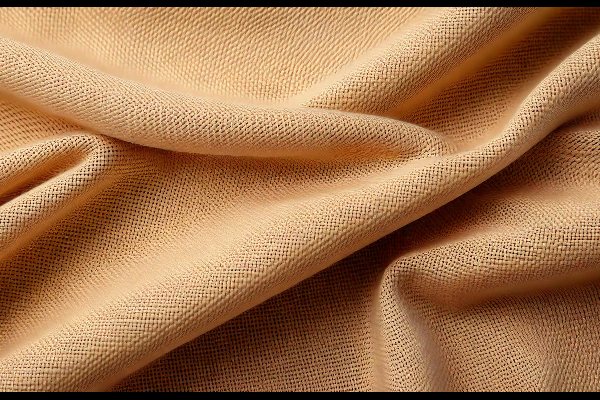
- Durable and lightweight polyester stands up to rough and tough conditions, making it perfect for daily wear and travel.
- The wrinkle-resistant polyester fabric keeps garments looking fresh with minimal maintenance.
- The moisture-wicking polyester fabric draws sweat away from the body, making it perfect for sports and activewear.
- Affordable and versatile polyester adapts to a variety of styles, from structured outerwear to flowing dresses.
- Waterproof polyester fabric can be enhanced for waterproofing, making it ideal for rainwear and windbreaker jackets.
Thanks to these polyester fabric characteristics, it’s become a core material in everything from winter jackets to softshell jackets.
Different Types of Polyester Fabric and Their Uses
The versatility of polyester comes in part from the many types available:
- PET (Polyethylene Terephthalate): The most common type used in clothing and bottles.
- PCDT (Poly-1,4-Cyclohexylene Dimethylene Terephthalate): Slightly more elastic, used in heavy-duty applications.
- Polyester blend fabric: Mixed with cotton, spandex, or rayon for comfort and stretch.
- Stretchable polyester fabric: Often combined with elastane or spandex, it is ideal for activewear.
Polyester Fabric in Fashion
For clothing and accessories, polyester fabric is everywhere. Whether wearing high-fashion streetwear or inexpensive basics, polyester is likely included in the equation. The reason polyester remains so fashionable is that it mimics natural fibers while providing some practical benefits.

Types of polyester used in fashion include:
- Satin fabric is used for sleek, glossy dresses and blouses.
- Taffeta fabric is a crisp, lightweight material often used for jacket lining and formal wear.
- Mesh fabric is used in sports apparel and breathable garments.
These diverse types of polyester fabric serve different needs, from elegant eveningwear to rugged outerwear like lightweight jackets.
Examples include:
- Puffer jackets and softshell jackets for men are made with moisture-wicking polyester fabric.
- Dresses that drape like silk but resist wrinkling thanks to polyester blends.
- Accessories like bags and scarves are made from stretchable polyester fabric.

In outerwear, polyester excels. It provides insulation, resists moisture, and holds up in diverse climates. From bomber jackets to leather jackets with jacket lining made of polyester, it’s a material that fashion can’t live without.
Polyester vs. Cotton Fabric
The polyester vs. cotton debate is a longstanding one in the world of textiles.
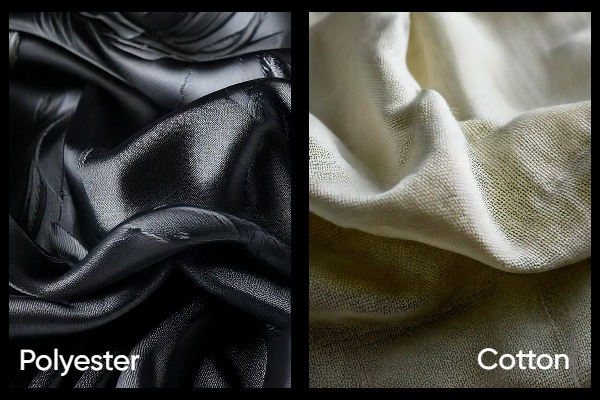
- Feel and comfort: Cotton is natural, soft, and breathable, which makes it comfortable to wear every day. Polyester, though less breathable, is smoother and commonly used in blends for improved performance.
- Durability: Polyester is stronger than cotton, particularly when used under heavy usage and washing.
- Care and maintenance: Cotton fabric wrinkles and shrinks easily, while polyester is easier to care for and maintain.
- Environmental impact: Cotton is biodegradable, but it uses large amounts of water and pesticides. Polyester is synthetic, though many sustainable versions are now produced.
When considering polyester fabric vs cotton, think about your priorities: comfort or durability. Natural or low-maintenance?
Polyester vs. Nylon
When it comes to polyester vs. nylon, the two synthetics are similar but serve different purposes:
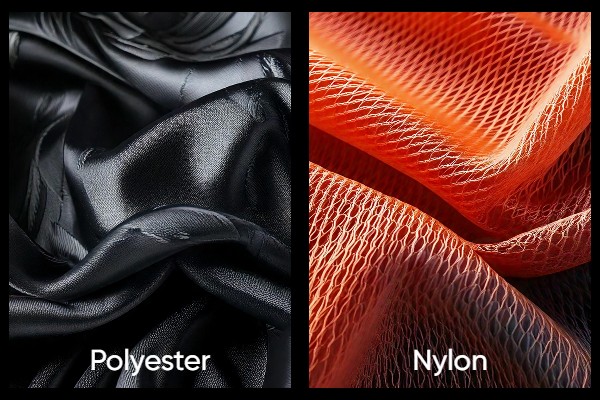
- Durability: Nylon is stronger and stretchier, but polyester holds its shape better.
- Moisture management: Polyester dries faster and resists mildew, while nylon can absorb more water.
- Texture: Nylon is smoother, while polyester has a slightly more matte finish.
If you’re choosing between nylon fabric and polyester, consider the use. For gear and rugged use, nylon may win. For fashion and moisture control, polyester is often the better option.
Polyester vs. Satin
This comparison may surprise some—polyester vs. satin isn’t apples to apples. Satin is a weave, not a fiber. However, many satins are made with polyester. In this case:
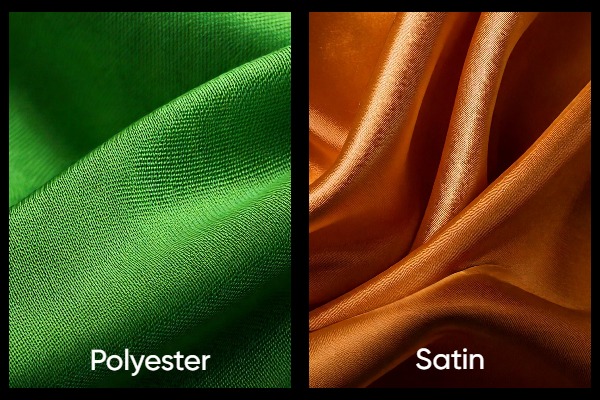
- Polyester satin is glossy, affordable, and wrinkle-resistant.
- Silk satin is natural and luxurious, but delicate and expensive.
If you love the look of satin but want the convenience of polyester fabric for fashion and home decor, polyester satin is the way to go.
How to Care for Polyester Fabric
Polyester fabric care and maintenance are simple, making it ideal for busy lifestyles:
- Machine washable in cold or warm water.
- Tumble dry low or hang to dry to avoid static.
- Avoid high heat to prevent melting or pilling.
- Use gentle detergents to preserve fabric life.
For special cases, like cleaning a leather jacket lining made from polyester, use a damp cloth and spot-clean with care.
Polyester and Spandex Blend Fabric
Blends enhance polyester’s strengths and reduce its drawbacks:
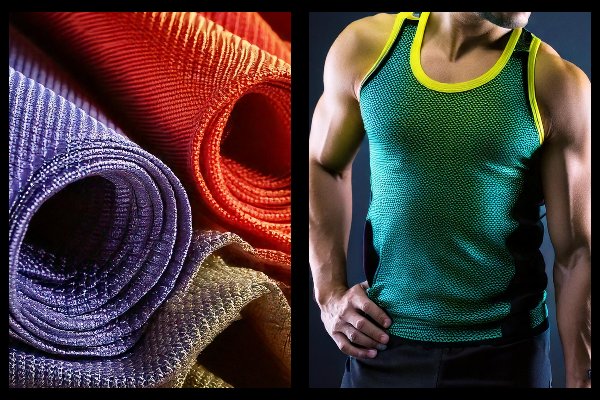
- Polyester and spandex blend fabric: Stretchy, perfect for activewear.
- Polyester-cotton blend: Breathable and wrinkle-resistant.
- Polyester-rayon blends: Soft with a lovely drape.
These blends make polyester even more adaptable across styles and seasons.
Polyester Fabric for Upholstery
Thanks to its strength and resilience, polyester is a top choice in interiors, too. Polyester fabric for upholstery is resistant to stains, fading, and wear, making it ideal for high-traffic areas.
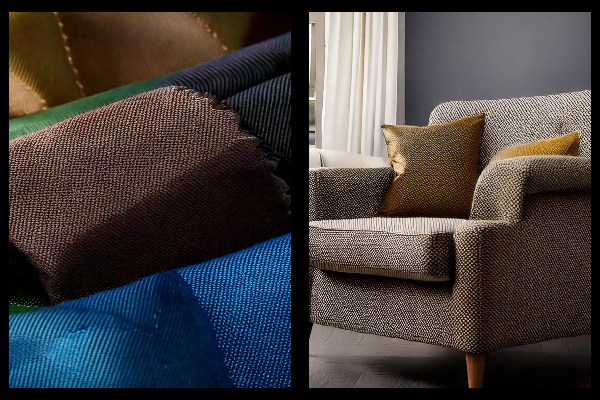
Whether you’re outfitting a modern sofa or looking for a durable fabric for dining chairs, polyester gets the job done beautifully and affordably.
FAQs
Polyester is durable, wrinkle-resistant, moisture-wicking, and affordable. It holds shape well and resists shrinking and stretching.
It’s made by polymerizing ethylene glycol and terephthalic acid into a resin, then melting and spinning the resin into fibers to be woven into fabric.
Polyester is synthetic, durable, and low-maintenance. Cotton is natural, breathable, and comfortable, but requires more care.
Traditional polyester is not biodegradable, but recycled polyester and new sustainable production methods are reducing its environmental impact.
Machine wash in cold water, use low heat to dry and avoid bleach or high temperatures.
Moisture-wicking polyester, polyester-spandex blends, and breathable mesh fabrics are ideal for activewear.
Yes, it’s excellent for upholstery due to its strength, stain resistance, and durability.
With proper care, polyester can last for years without losing shape or performance, making it a smart investment.
In the end, polyester remains king of the textile world for a reason. Whether getting dressed up in satin fabric, piling up with coats in winter, or lounging on an ultrachic couch, polyester proves that fashion can and does blend with functionality.

